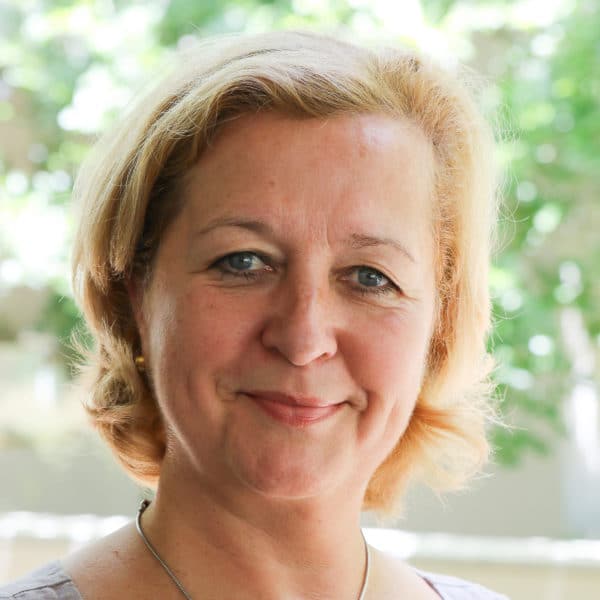Apart from making important contributions to morbidity and mortality world-wide (WHO), injuries as a health problem have special characteristics (Byass et al. 2013). Some mechanisms of injury, such as falls, are closely linked to increasing population proportions of elderly people. Others occur less specifically – reflected in the profile of pedestrians involved in road traffic accidents. Patterns of some types of injury are influenced by technological developments – increased speed, mechanisation, industrialisation – while others may be socio-medically determined – such as suicide.
Timely care is a prerequisite to injury morbidity and mortality reduction. It is impeded in resource-poor settings, which represents a significant threat to equity in health care. It is possible to minimize those problems considerably through modern forms of Information Communication Technology (ICT) to assist in injury diagnostic and emergency care. Image-based ICT, as an example, is most suitable for burn injury care.
Much is known about the epidemiology of many causes of injuries. There is therefore an array of measures to prevent injuries sustained in different settings (e.g., home, school, traffic, and work) and in different population groups (e.g., children, older people) that could be implemented in Africa in general and in South Africa in particular but are not (the “know-do gap”) or fail to be implemented considering the local conditions. Contextualisation definitely is a prerequisite for sustainable solutions. In South Africa injury prevention programs are currently run for some types of injuries and in different settings (Seedat et al. 2009).
References
Byass P, de Courten M, Graham W J, Laflamme L, McCaw-Binns A, Sankoh O A, Tollman S M, Zaba B. Reflections on the Global Burden of Disease 2010 estimates. PLoS Medicine 2013; 10(7) e1001477.
Seedat M, Van Niekerk A, Jewkes R, Suffla S, Ratele.K. Violence and injuries in South Africa: prioritising an agenda for prevention. Lancet 2009; 374: 1011–22.


